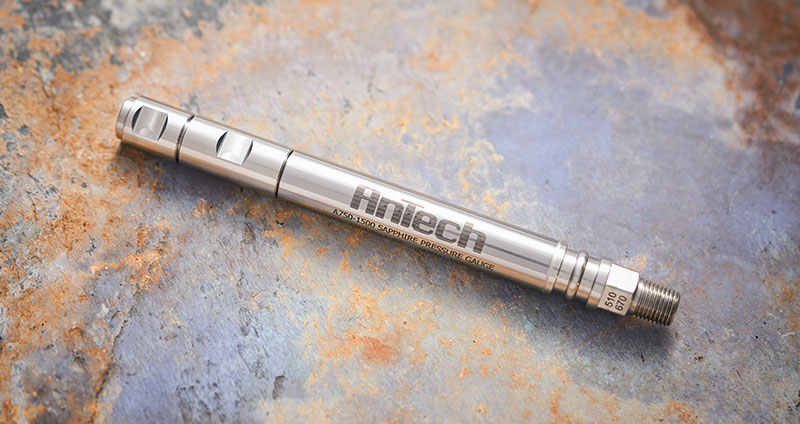If you're reading this blog then you probably measure stuff every day. As an electronic engineer I find instrumentation and metrology, basically the science behind measuring stuff, very interesting.
What was the last thing you measured? (No, seriously). When you think about that question you're probably thinking of when you last got a tape measure out. But it's not just that, with all the technology around us on a daily basis we're constantly seeing measurements of all sorts of things. Even without those modern tools you're measuring things yourself, by eye, all the time. Maybe you had to squeeze your car through a narrow gap this morning. That was a judgement, based on a measurement, of sorts.
What was the unit of measure? Well it was a relative one: One car width. How accurate was the instrument? Well when you were 100 yards out it wasn't great, just an educated guess maybe if the gap was tight. But if you've still got the wing mirrors on your car then clearly it was good enough. What did you do if you didn't trust the instrument? Slow down hopefully! You adjusted your behaviour based on the quality of the information.
Working for a company that makes measurement instruments we're bound to discuss with you questions of accuracy, resolution and repeatability. But really, that's just to keep the project managers happy, it gives us something to sign off.
What do you really want to know? That's the interesting part.
An easy to illustrate example is position and speed. Let's say you've got a stopwatch, an accuracy about half a second. And you've got that tape measure, giving an accuracy of about 1mm. Measuring the position of the car to about 1mm is pretty good for an object of that scale. Now, measure the speed of the car. Given a clear mile of track, you can do that pretty accurately too. At around 60mph you're accurate to better than 1%.
Now let's say you want to plot a graph of speed over that mile. Right now you know the speed and you know the distance, but you've only got one point for your graph. To increase the resolution on the position axis of the graph, let's say to ten points, instead of taking a position every 1 minute (with an accuracy of 0.5s), you're taking a position every 6 seconds. That's now an accuracy worse than 8%.
The more you know about position, the less you know about speed. This similar effect pops up all over the realm of metrology when two combined factors affect the resultant accuracy.
Uncertainty is an inherent part of any measurement, as with most information in life. With an understanding of what you are trying to do with the measurement, how we overcome that uncertainty in your instrument can easily be solved. Chasing a really high specification can sometimes be an unnecessary waste if it isn't considered in context. Back with the example above, perhaps you didn't really need an accurate speed after all, perhaps all you wanted to know was where on the track the car accelerated and decelerated. Ah, in which case let's use an accelerometer, and for a fraction of the price we can log a graph with 1000 points over the mile.
Author: Benjamin Brooking
















